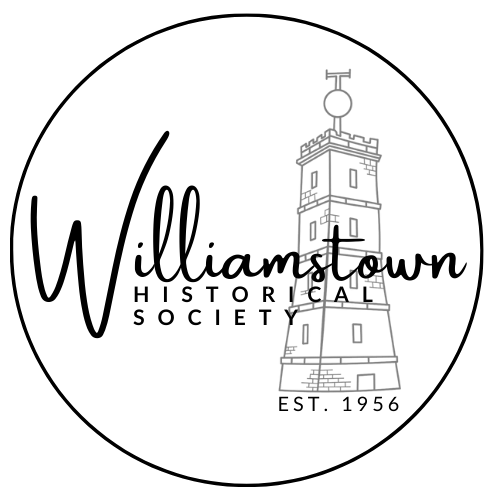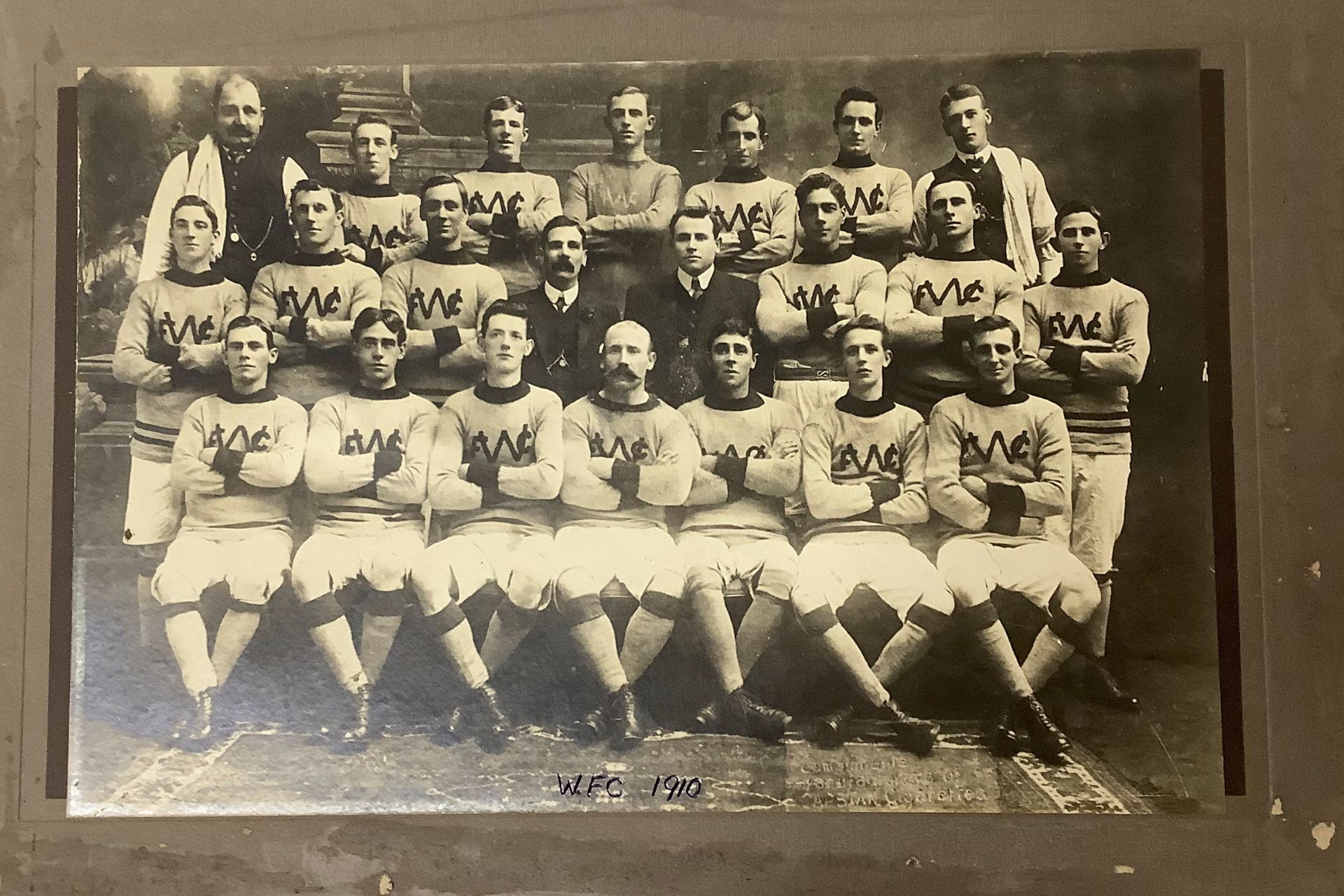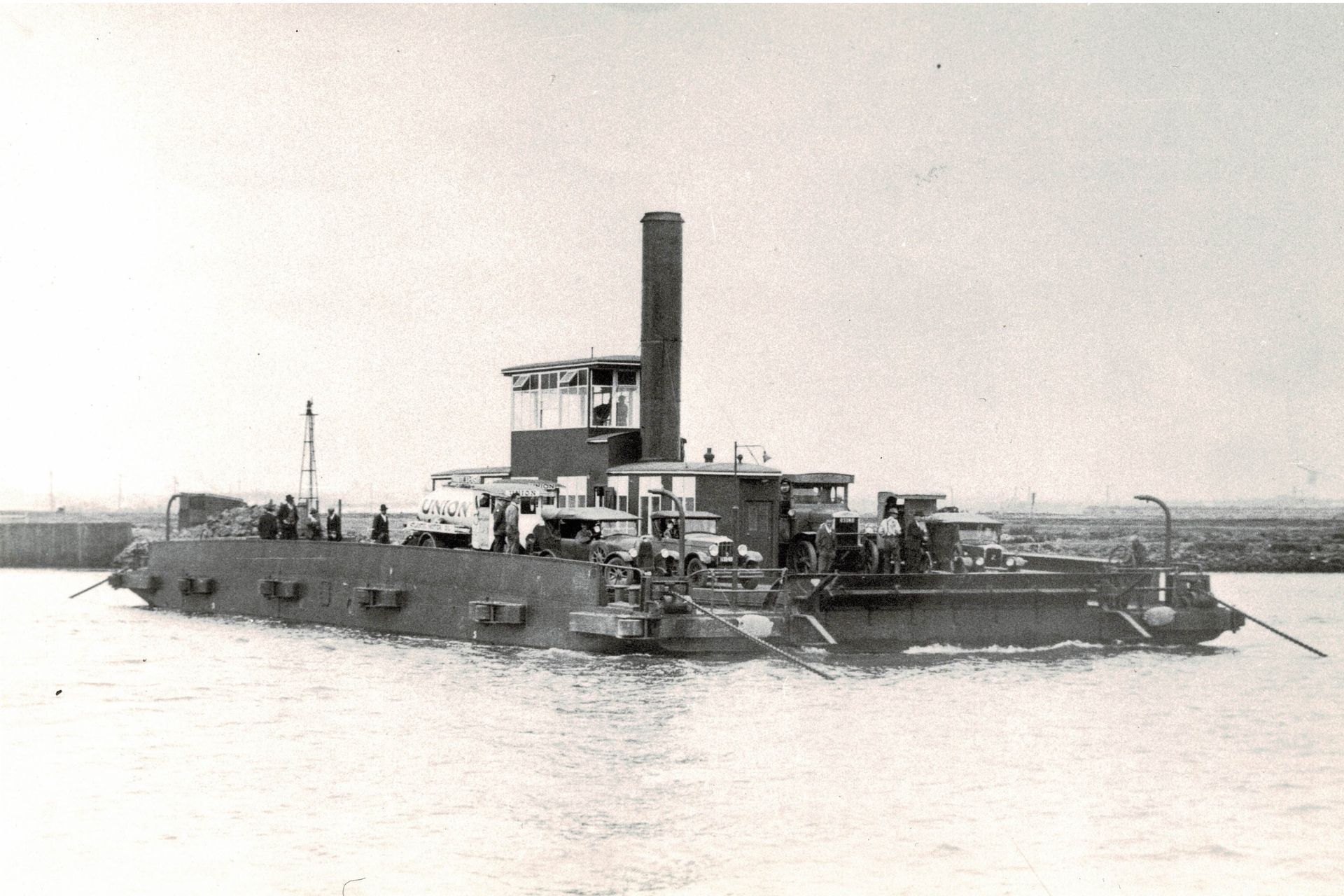Williamstown
first port
The first Port of Melbourne, known as 'William's Town', was established and named after King William.
Port Harwood
Williamstown, situated on a narrow peninsula on Port Phillip Bay, was known by the local indigenous inhabitants as 'Koort - Boork - Boork', meaning a clump of sheoak trees.
Originally considered as a potential location for a new town in the colony of New South Wales, due to its safe harbour and anchorage at the mouth of a river, the lack of fresh water and building materials led John Batman to select the site of Melbourne as a more suitable location.
The town was originally named Port Harwood by John Batman on his first visit to the area for the Port Phillip Association in 1835, after his colleague and the captain of one of his ships – J.P. Harwood.
In 1837 Governor Burke accompanied by surveyor Robert Hoddle, arrived in Port Phillip Bay to see the new settlement for himself. On this visit, he specified the sites for the pier, wooden lighthouse, roads and government buildings.
William's Town
During Governor Bourke's visit, he officially named two towns, which were notified in the Government Gazette of 29th March 1837. They were the port of William's Town (named for King William IV, the Sailor King), and Melbourne (named for Lord Melbourne, Prime Minister of England).
As can be seen by the 1840 map of the town, only three named streets existed – Nelsons Place, Ann Street and Thompsons Street with the ‘Town Jetty’ clearly marked at the end of Thompsons Street. The lighthouse is also marked at the end of Point Gellibrand.
First settlers
The initial settlers, including sailors, soldiers, and convict gangs, built numerous piers, shipyards, and industries throughout the colony. These ranged from the Customs House for new arrivals to railway workshops, woollen mills and much more.
Point Gellibrand
Point Gellibrand is named after Joseph Tice Gellibrand (1792–1837). He studied law, was called to the bar, and on 1 August 1823 was appointed the first Attorney-General of Van Diemen's Land with a salary of £700 a year, arriving in Hobart in 1824.
In 1835 Gellibrand became one of the leading members of the Port Phillip Association, a company of 17 colonists who devised a plan to obtain and divide amongst themselves, thousands of acres of land on the northern shore of Port Phillip through a treaty with the local Wurundjeri people. Gellibrand, having a strong foundation in law, drew up the Batman Treaty which stipulated that the Aboriginal people would hand over all of the land within 10 miles of the northern shore in exchange for a yearly hand-out of basic provisions. As part of the deal, Gellibrand was assigned a huge tract of land that is now the region that extends from Laverton to Spotswood.
Despite Gellibrand's efforts, the Batman Treaty was deemed invalid and overruled by Governor Richard Bourke in 1836. The lands purchased by the Association were judged to be owned by the Crown and not by the members of the Port Phillip Association nor by the Aborigines. The Port Phillip Association members however, were recompensed £7,000 from the colonial government.
Gellibrand disappeared in 1837 exploring the hinterland of Port Phillip along with his companion G.B.L. Hesse. Their disappearance was never solved.





